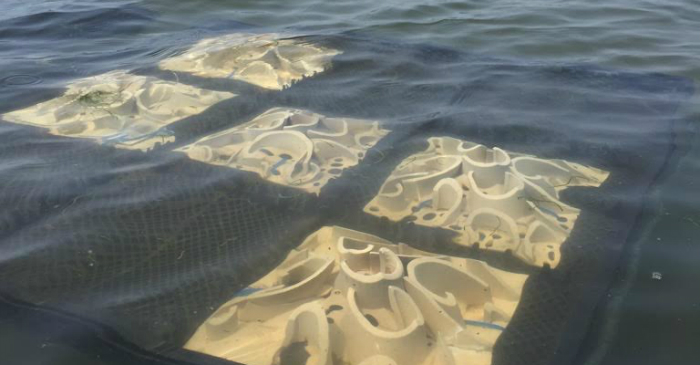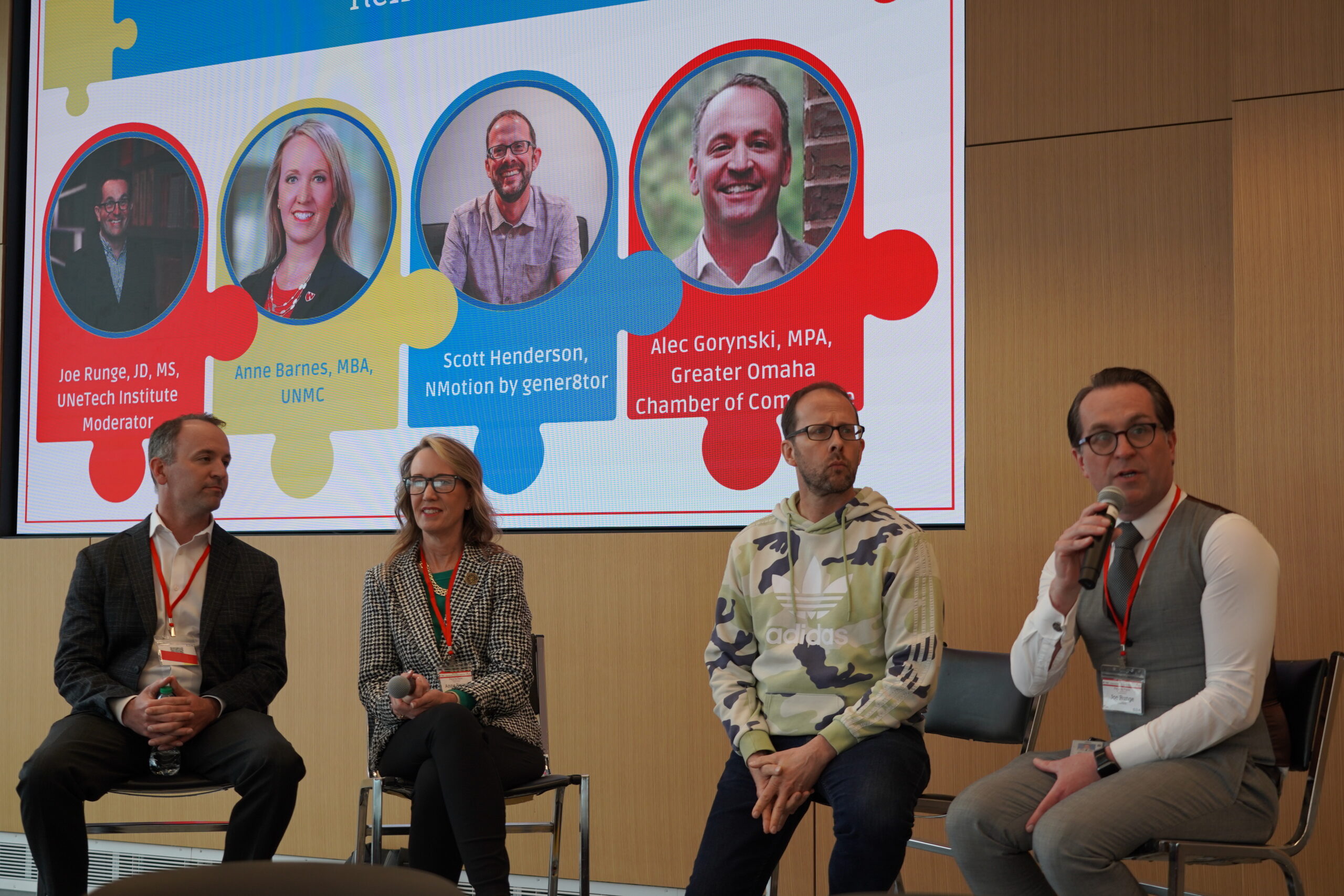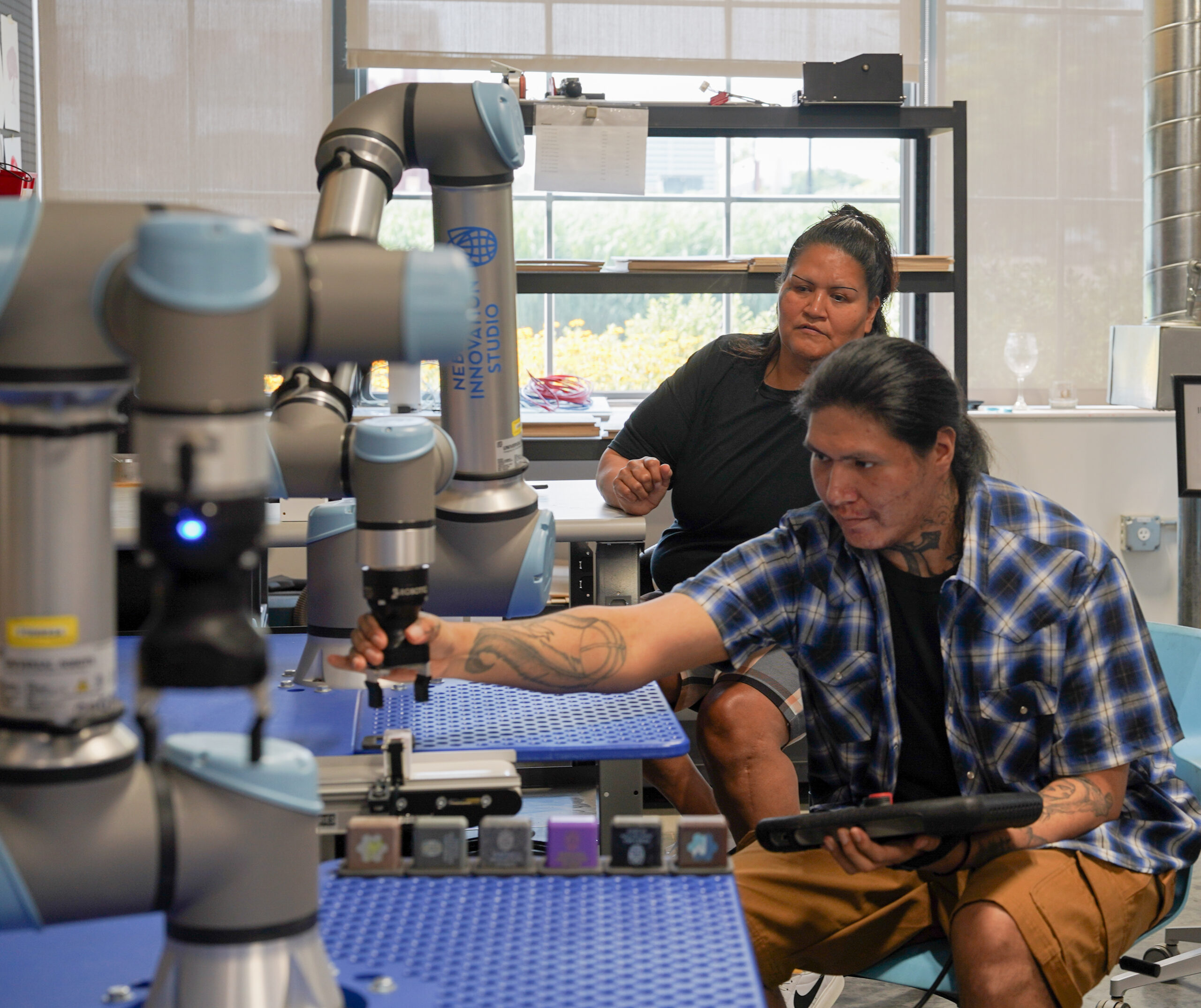
Nebraska’s Tethon 3D and a Massachusetts oyster farmer are testing ceramic platforms that can reboot oyster populations in Cape Cod.
The partnership began when Patrick Woodbury, founder of the Woodbury Shellfish Company in Wellfleet, Massachusetts, found Karen Linder from Omaha-based Tethon 3D online. Out of that conversation, Tethon 3D agreed to fabricate Woodbury’s design.
The two companies hope that one day the proto-reef structures will be able to jumpstart oyster colony restoration. The 3D printing process allows for efficient prototyping of unique designs made to maximize oyster growth and survival.
“Utilizing ceramic 3D printing allows us to create custom designs that would be difficult to mold or make by hand,” said Linder.
More importantly, it allows the entire structure to be made from ceramic, which is an important environmental factor.
BECOME A SPONSOR
Join us in championing the narrative of success, resilience, and ingenuity that defines Nebraska’s startup community. Learn more »
“Ceramic is composed of naturally occurring clay, so it is safe for the environment,” said Linder. “Once fired, the clay is very stable in salt water, fresh water or buried in the earth.”
Although the project is still in preliminary phases, the structures are currently being tested in the field near Wellfleet, Massachusetts, in Cape Cod. After 3 months underwater, the ceramic material is intact and performing well, according to Woodbury.
In the meantime, Tethon 3D is researching new custom composite materials that will be even better suited to encourage oyster growth.
Watch Tethon’s 3D printer at work:
—
Ryan Pendell is the Managing Editor of Silicon Prairie News.




3 responses to “Can 3D printing save the world’s oceans? Tethon 3D hopes to find out”
[…] https://spnewsnjt.wpengine.com/2015/10/can-3d-printing-save-the-worlds-oceans-tethon-3d-hopes-to-find… […]
[…] cast metals. And those possibilities are only a taste. Such a material could also be used to help boost oyster populations—or even print Big Omaha cow figurines. The possibilities are endless, amply demonstrating that […]
[…] How are the oyster beds in Cape Cod […]